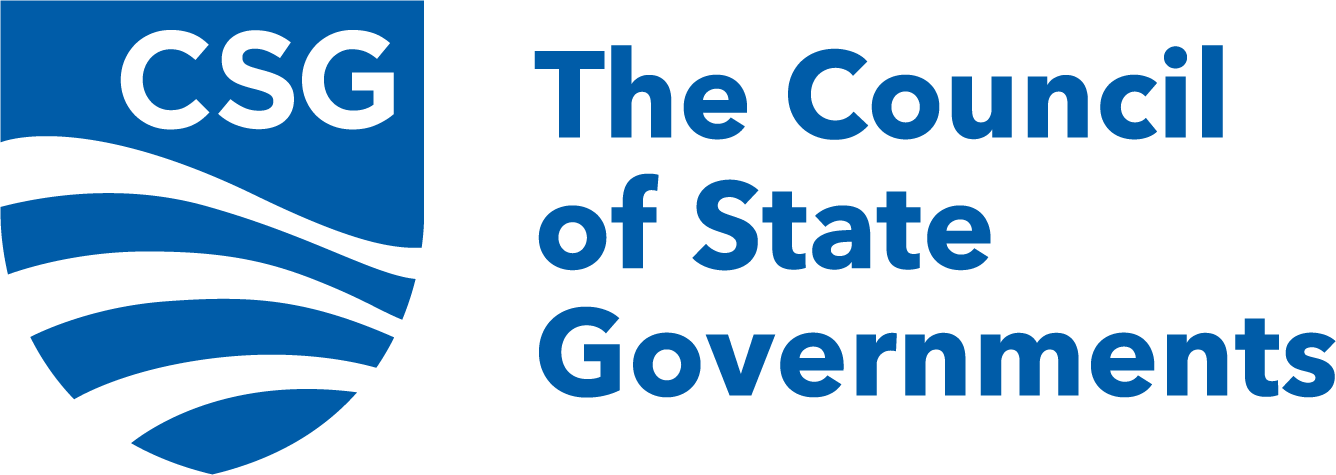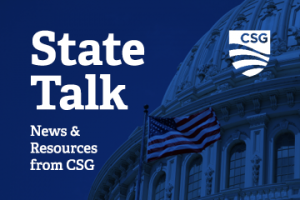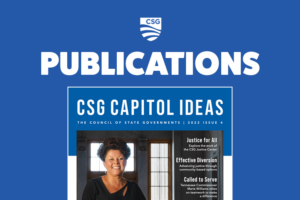Artificial Intelligence and Public Comment
By Casandra Hockenberry
Artificial intelligence is working its way into many aspects of our lives. As so often with innovation, it can be used for good, but in the case of AI, it can also be used by bad actors.
AI can be used in the public comment period, raising concerns about bad actors using the technology to create policies not supported by constituents. Alternatively, by using AI, government leaders can improve access to public comments or analyze public comments. Leaders have the opportunity to promote new technology while also protecting constituents.
What is public comment?
The public comment process is integral to our democracy. Public comment periods ensure government bodies receive adequate input from citizens, interested parties and even other governmental bodies when they look to change or promulgate rules and regulations.
The process is often in written form during a public comment period, which is typically a period of 30 to 60 days. However, many local governments and quasi-governmental agencies also allow for in-person public comment during hearings and other meetings. In a post-pandemic world, in-person public comment is often available via Zoom and other virtual meeting platforms.
AI and Public Comment
Bad Actors
One of the biggest concerns around AI is its potential for creating false or misleading information that is concerningly believable. Bad actors can utilize AI to flood the process with comments that are not from actual citizens. In the realm of public comment, this creates a two-fold problem for governmental bodies:
1. These comments can be mistaken for the comments by real citizens resulting in changes to rules and regulations that are not actually supported by the public.
2. The multitude of these comments can create an unnecessary burden on government officials who are tasked with reviewing and responding to public comments.
In May, the U.S. House of Representatives passed the Comment Integrity and Management Act of 2024 to overcome these specific issues. The bill is not aimed at blocking the comments generated by AI but instead establishing a legislative framework around the efforts to manage the flow of computer-generated comments. The bill works to require human verification to ensure that the comments are coming from a “real person” and not the computer program. The bill also looks at the issue of multiple comments using “form” language, including how those comments must be published. In both instances, the goal is not to prevent the use of generative AI, but instead to ensure that the AI is being used to facilitate the process.
Some governmental offices have a public comment period that allows for in-person comments. As a result of the COVID-19 pandemic, many agencies shifted to allow in-person public comment through digital meeting platforms, such as Zoom. Many would assume that this increases access to the public comment process while also decreasing the ability of bad actors to “flood the comments.” Unfortunately, AI has made it significantly easier to create “deepfakes” — a video of a person in which their face or body has been digitally altered so that they appear to be someone else.
Increase Access
AI is not all bad. It can easily be utilized to increase public comment access to citizens across the country. Some agencies are utilizing AI to better serve constituents by creating bots that can answer easy questions citizens may have for local government. When done correctly, this can help reduce the burden on government employees to answer these questions. Some agencies have utilized AI to provide translation services on websites, web forms and even public feedback comments. This use can support access in two different ways:
1. It can translate the website, form, instructions, etc. into the language the viewer requests.
2. It can allow the user to submit information in their primary language, and the government agency can utilize AI to translate the comment to English.
Citizens themselves can utilize AI to get a jumpstart on writing their public comment. They can prompt the AI source with the issues they have with a law or regulation, then the AI source can generate the appropriate response. The citizen should always read through the generated text to ensure it adequately captures their thoughts and concerns.
Improve Feedback Integration
Public officials can utilize AI to improve and ease administrative burdens related to public comment. It is possible that an office can use AI to review the feedback provided in public comment in different ways. First, they can utilize AI to identify common themes in public comment, allowing public officials to prioritize recurring themes when considering changes to the initial proposal.
Something AI does successfully is scan and compare text to identify variations. Often there are campaigns around proposed rule changes that are open for public comment. These mass comment campaigns can include “form” language that citizens use to provide their public comment. AI can be used to review this language, identify which comments utilize the form language and which have variations. Then public officials can list the “form” public comment, identify the frequency in which it was provided and provide a singular answer to that bulk comment. They can then make changes to their singular answer to respond to the variations.
The Pacific Northwest National Laboratory released a report in April of this year, “Testing Artificial Intelligence Tools to Streamline the Public Comment-Review Process for the NEPA Environmental Reviews.” Researchers created a process that supplemented the human-driven process with AI. Researchers utilized AI to identify the content into comments and non-comments. The information identified as “non-comments” was sent for review by humans. Any error in categorization would be corrected and changed to “comment.” Humans then utilized AI to categorize comments into subject matter categories that would be sent to subject matter experts for review and response.
While AI within the public comment process is a new area of study for researchers, there is potential for frameworks to be put into place that increase access for citizens to have direct input into policymaking. AI can be used to reduce administrative burdens with frameworks can be put into place to help reduce the effects of bad actors on the process.


